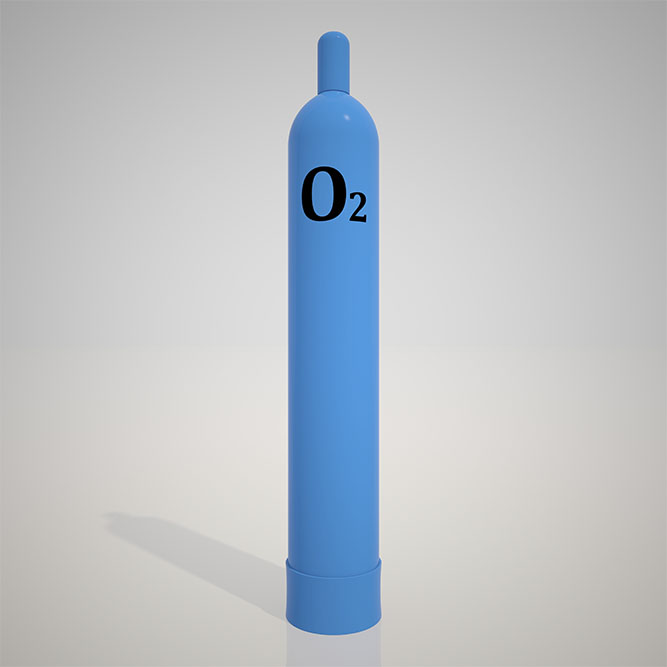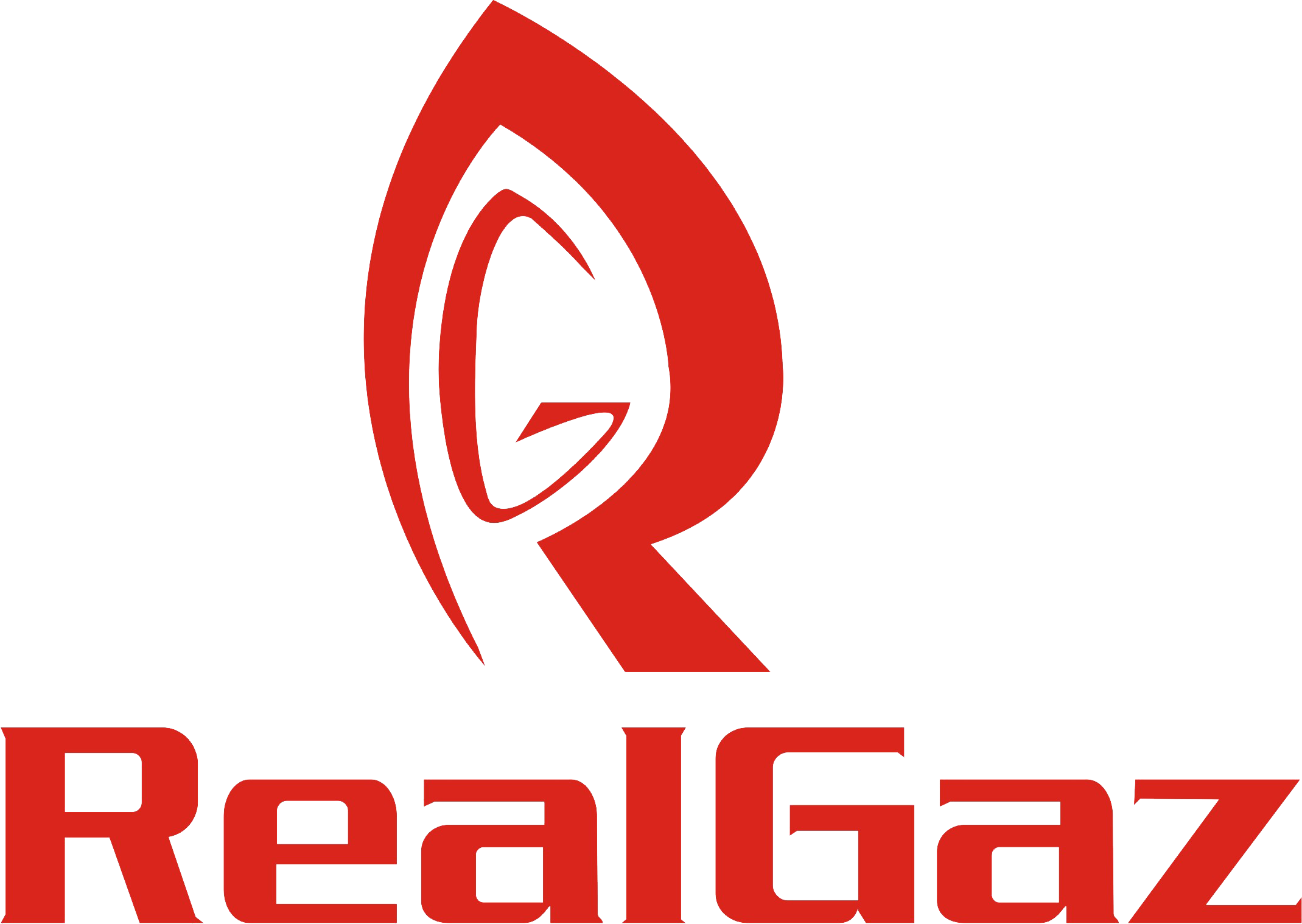Oxygen

Oxygen is a chemical element with symbol O and atomic number 8. It is a member of the challogen group on the periodic table and is a highly reactive nonmetallic element and oxidizing agent that readily forms compounds (notablyoxides) with most elements. By mass, oxygen is the third-most abundant element in the universe, after hydrogen and helium. At STP, two atoms of the element bind to form dioxygen, a diatomic gas that is colorless, odorless, and tasteless, with the formula 02.
Smelting of iron ore into steel consumes 55% of commercially produced oxygen. In this process, 02 is injected through a high-pressure lance into molten iron, which removes sulfur impurities and excess carbon as the respective oxides, SO2 and C02. The reactions are exothermic, so the temperature increases to 1,700 °C.
Another 25% of commercially produced oxygen is used by the chemical industry. Ethylene is reacted with 02 to create ethylene oxide, which, in turn, is converted into ethylene glycol; the primary feeder material used to manufacture a host of products, including antifreeze and polyester polymers (the precursors of many plastics and fabrics).
Most of the remaining 20% of commercially produced oxygen is used in medical applications, metal cutting and welding, as an oxidizer in rocket fuel, and in water treatment. Oxygen is used in oxyacetylene welding burning acetylene with 02 to produce a very hot flame. In this process, metal up 60 cm thick is first heated with a small oxy-acetylene flame and then quickly cut by a large stream of O.
Liquid oxygen — abbreviated LOx, LOX or Lox in the aerospace, submarine and gas industries — is one of the physical forms of elemental oxygen.
In commerce, liquid oxygen is classified as an industrial gas and is widely used for industrial and medical purposes. Liquid oxygen is obtained from the oxygen found naturally in air by fractional distillation in a cryogenic air separation plant.
Liquid oxygen is a common cryogenic liquid oxidizer propellant for spacecraft rocket applications, usually in combination with liquid hydrogen, kerosene ormethane. Liquid oxygen is useful in this role because it creates a high specific impulse.lt was used in the very first rocket applications like the V2missile (under the name A-Stoff and Sauerstoff) and Redstone, R-7 Semyorka, Atlas boosters, and the ascent stages of the Apollo Saturn rockets. Liquid oxygen was also used in some early ICB M s, although more modem ICB Ms do not use liquid oxygen because its cryogenic properties and need for regular replenishment to replace boiloff make it harder to maintain and launch quickly. Many modem rockets use liquid oxygen, including the main engines on the now-retired Space Shuttle.
Liquid oxygen also had extensive use in making oxyliquit explosives, but is rarely used now due to a high rate of acddents.lt is also used in the activated sludge process in waste water treatment to maintain a high level of micro-organisms.
 ©2020
©2020